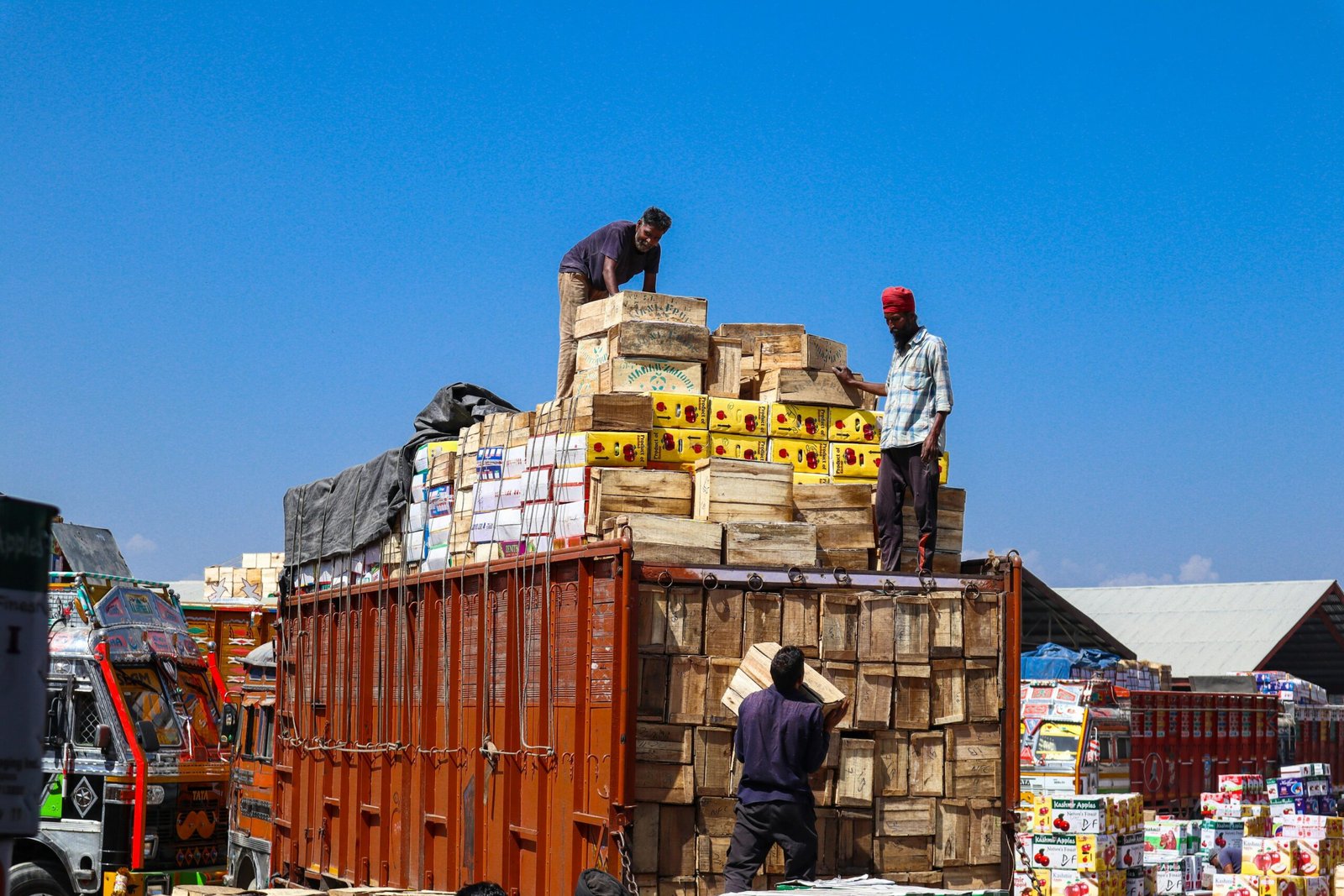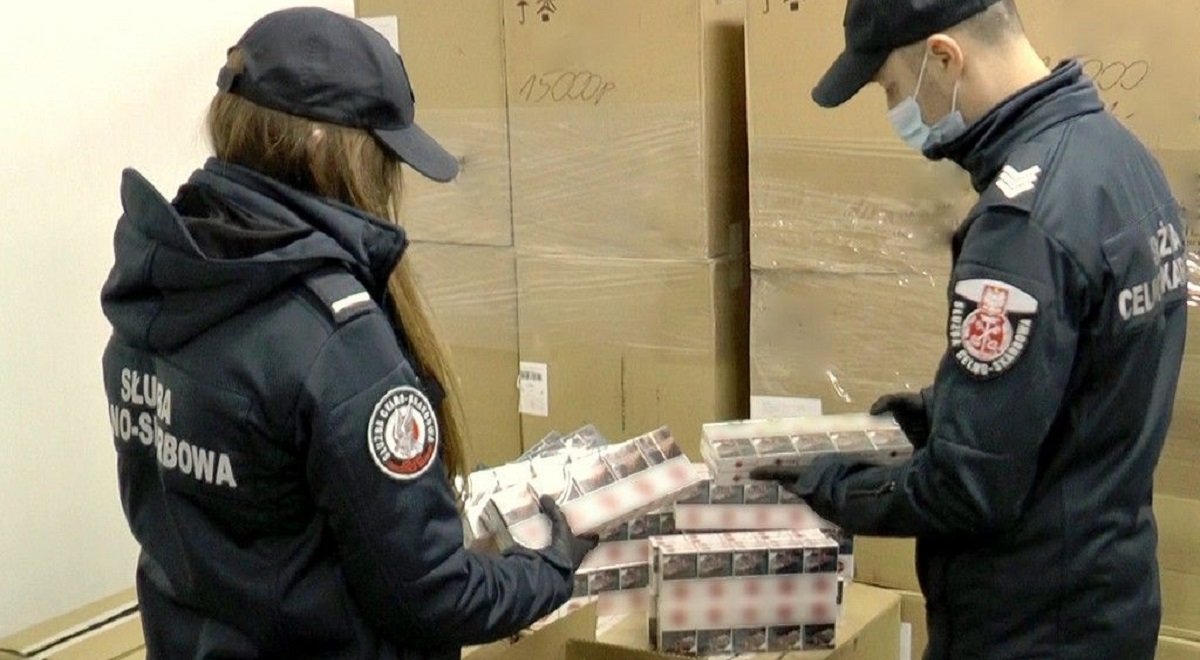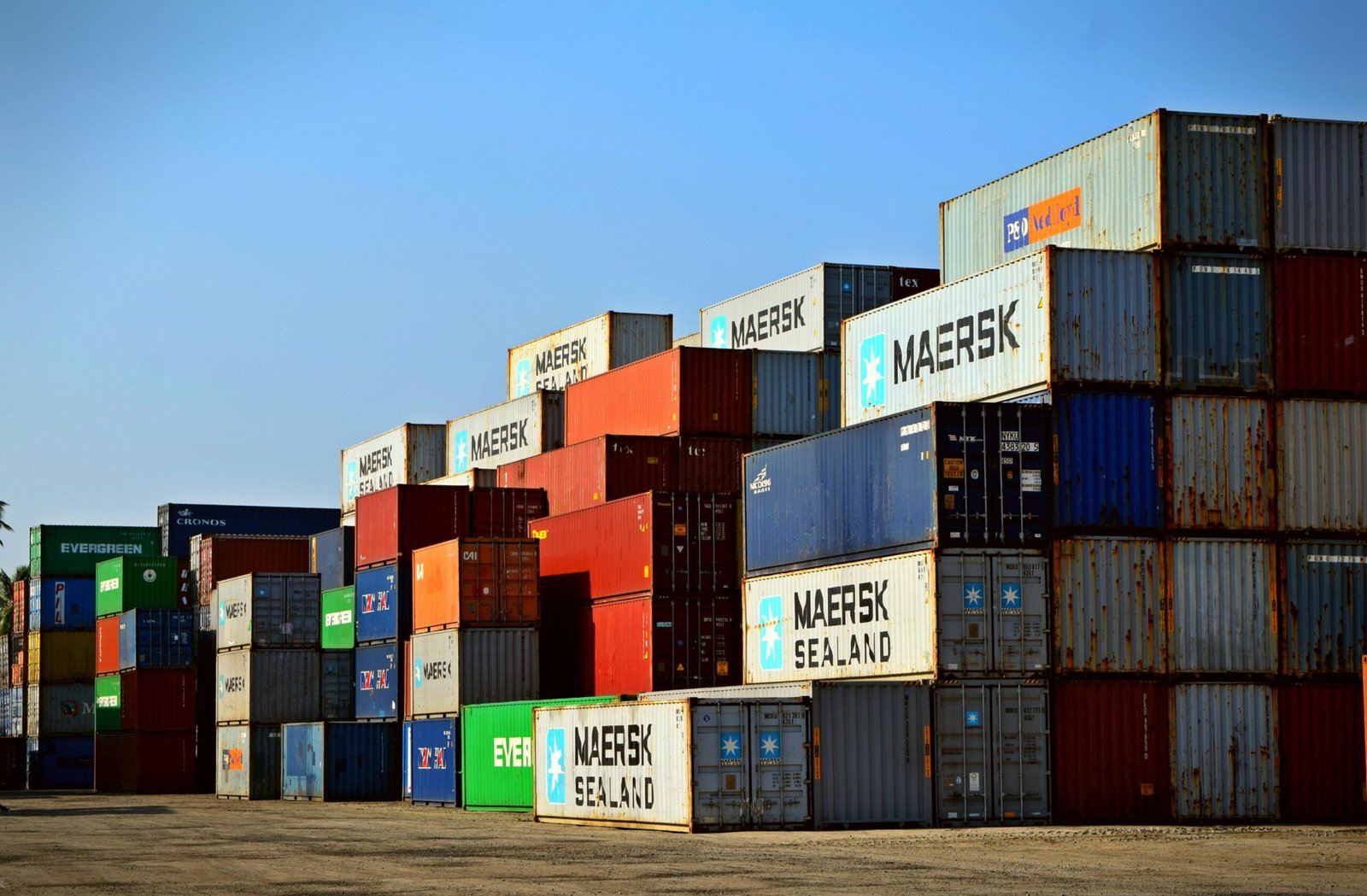Clearing customs in Poland can seem complex at first, but understanding the basic steps will help businesses move their goods efficiently and legally. The customs clearance process begins with proper documentation. You’ll need a commercial invoice, packing list, bill of lading or airway bill, and any necessary import or export licenses.
Once you have these, you must submit a customs declaration to KAS—this can be done electronically through the PUESC system. Using accurate HS codes to classify your goods is essential, as this determines the applicable duties and taxes.
After submission, customs officers will review your declaration for accuracy. Some shipments are automatically approved, while others may be selected for inspection based on risk analysis. If chosen, your goods may undergo physical checks or scanning.
Once everything is in order, you will receive an assessment notice indicating the amount of duty and VAT payable. Payment must be made before your goods are released for delivery. Businesses with a good compliance record may benefit from simplified procedures or deferred payment options.
When all duties and taxes are settled, KAS issues a release notification, and the goods are free to enter the Polish market or move onward within the EU. Working with a licensed customs broker can help ensure a smooth process, especially for businesses new to international trade.
By following this step-by-step guide, companies can minimize delays and confidently manage customs clearance in Poland. It reflects KAS’s commitment to transparency, efficiency, and support for legitimate trade.



